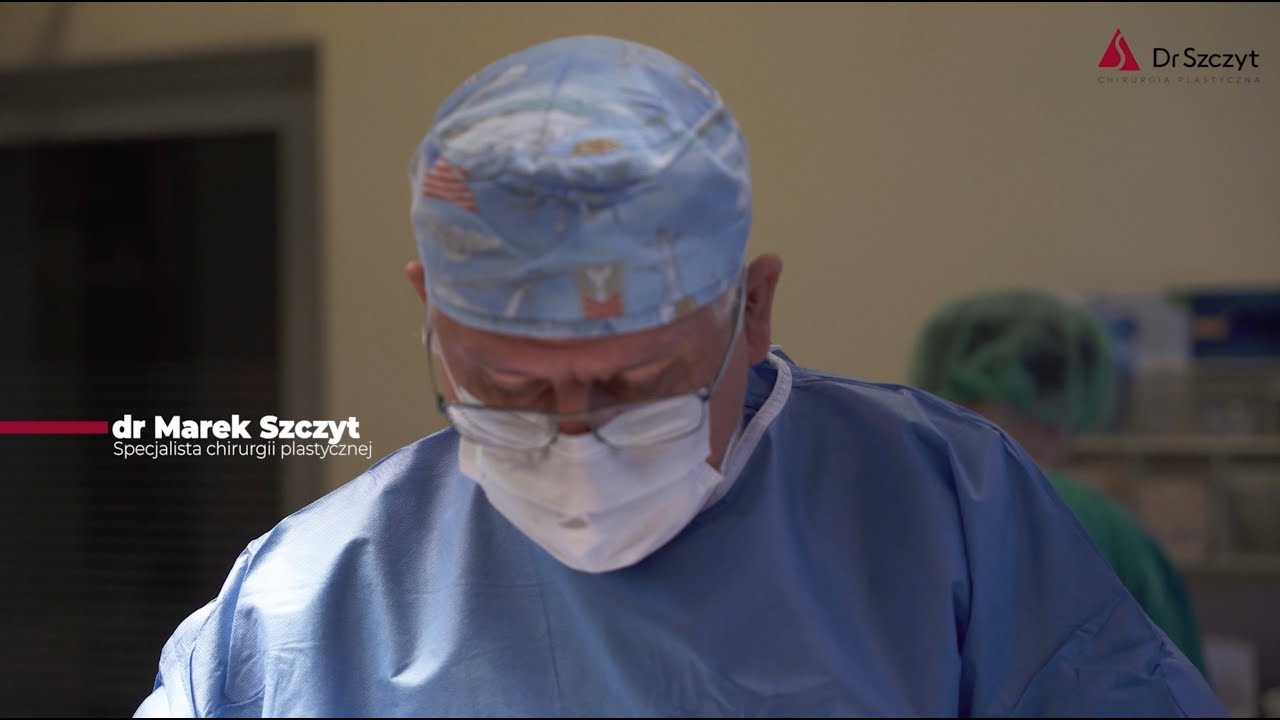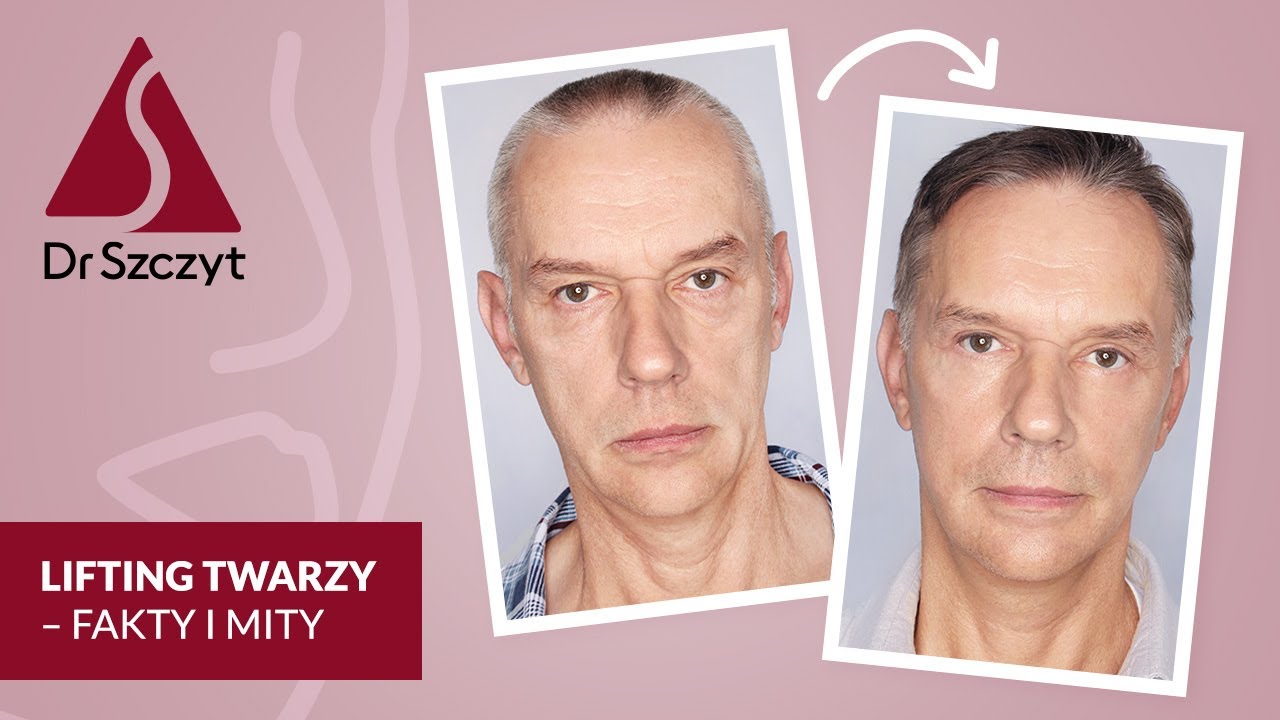Exercise vs. arm and thigh plastics - can surgery be avoided?

Sagging skin on the arms (known as pelicans) or thighs is a common problem after significant weight loss. It's also a problem we see as the years go by. Many people try to improve the appearance of these areas with intensive training. But can exercise remove excess sagging skin enough to replace surgical plastic surgery of the arms or thighs? We check the facts and debunk the myths about the effects of exercise compared to the results of surgery.
Where does sagging skin on the arms and thighs come from?
Flabby skin on the arms and thighs is one of the most commonly reported aesthetic problems in people after significant weight loss, as well as in mature people. Commonly referred to as "pelican" arms, these are folds of loose skin and fatty tissue that appear on the inside of the arms - usually between the armpit and elbow. A similar problem affects the thighs, where flabby skin collects in the groin area, the inner side of the thigh, and sometimes the knees. What are the causes of sagging skin on the arms and thighs?
- Significant weight loss - skin that has been stretched by excess fat over the years is often unable to return to its original shape. If weight loss occurs rapidly or in people over 40, skin shrinking may be insufficient, leading to sagging.
- Aging processes - as we age, the production of collagen and elastin, the proteins responsible for firmness, elasticity and resilience, declines. In addition, gravity acts, which causes the tissues to "droop" over time.
- Genetic factors and anatomical structure - some people are predisposed to faster skin sagging, especially if they have thin, delicate skin and low levels of muscle mass.
The problem is more common in women, due in part to their naturally lower muscle mass and more delicate skin structure. However, this does not mean that men are free from it - after a major weight reduction, they too can experience excess flabby skin in these areas.
In addition to the aesthetic aspect, excess loose skin makes daily functioning difficult. Common problems reported by patients include chafing and irritation of the skin at the folds, difficulty in choosing clothing (such as tight sleeves or pants that hug the thighs), and a feeling of heaviness and discomfort during movement. For this reason, many people consider surgical correction of the arms(brachioplasty) or thigh plasty - especially when exercise and lifestyle changes do not work.
Also find out how to deal with excess skin after weight loss?
The role of exercise - what can they improve?
Exercise, especially weight training and strengthening, improves the appearance of the arms and thighs, especially at the preventive stage or when the skin is slightly flabby. Regular activity benefits the overall figure, muscle strength and skin quality, but has its limitations when it comes to combating excess stretched tissue.
- Proper training (e.g., triceps exercises, squats, and jumping jacks) makes the muscles under the skin more pronounced. This makes the arms and thighs look firmer, and the skin, although still loose, gains better "support."
- With a well-balanced diet and physical activity, you can reduce the amount of lingering fat in sensitive areas, which improves the proportions of the figure.
- Regular exercise stimulates microcirculation, which benefits skin tone and the delivery of nutrients to the deeper layers of the skin.
- Strong lower and upper limbs promote body stability, which also affects movement aesthetics and muscle alignment.
What is it that exercise can't change?
- They will not remove excess stretched skin - if the flabbiness of the skin is significant, even the best developed muscles will not be able to "fill in" the folds that have formed. Skin that has lost elasticity as a result of aging or significant stretching (such as after pregnancy or weight loss) will not shrink on its own.
- They will not change the quality of collagen fibers - exercise cannot restore collagen and elastin to the levels of youthful years. With advanced skin firmness loss, procedures that work deeper, such as aesthetic medicine or plastic surgery, are necessary.
- They will not remove skin asymmetry or deformity - if the skin is unevenly distributed or excess on one side (for example, due to surgery, past illness, or anatomical differences), exercise will not provide aesthetic correction.
In summary, exercises can improve muscle tone and the appearance of the entire figure, and thus visually reduce the appearance of flabbiness. However, with a lot of excess skin, they are insufficient and are not a substitute for surgical plastic surgery of the arms or thighs.
Read also: How to slenderize and firm the arms? Proven methods for body shaping
Effects of surgery vs. effects of exercise
Unlike exercise, arm plastics (brachioplasty) and thigh plastics are surgical procedures that immediately and permanently remove excess skin. After surgery, the arms or thighs become slimmer, firmer and better modeled; skin folds that previously made it difficult to dress or caused chafing disappear, and the aesthetic effect is visible as soon as the healing process is complete.
If the skin is significantly flabby, no amount of exercise can achieve a similar result. Even the most intense workout will not make loose, stretched skin disappear - especially if it has lost elasticity as a result of aging or major weight loss. As surgeons emphasize, surgery is the only effective solution for an advanced degree of tissue sagging.
When is plastic surgery worth considering?
Shoulder or thigh plasty is indicated in situations where:
- Loose skin persists despite weight reduction and physical activity,
- skin folds cause physical discomfort - rubbing, causing inflammation, limiting range of motion,
- The appearance of limbs becomes a source of complexes or reduced well-being,
- the patient has reached a stable weight, that is, he has no plans for further intensive weight loss or weight fluctuations.
Plastic surgery is recommended only after the weight loss process is complete, as further weight changes will negate the effects.
Also check out the other available weight loss and body contouring treatments - effective support in the fight for the ideal figure.
Frequently asked questions about whether exercises will replace arm and thigh plastic surgery (FAQ)
I have lost 30 kg, I have "pelicans" - will exercise alone improve the arms?
Exercises are certainly worth doing, as they will strengthen the arm muscles and generally improve the appearance of the figure, but unfortunately they will not remove the hanging skin. After so much weight loss, the skin is stretched and has lost elasticity. Training can fill the arms a little with muscle and reduce residual fat, which will minimally reduce the "pelicans," but its excess is more likely to remain. In many cases, after such a transformation, only surgical shoulder plastic surgery can definitively get rid of the excess tissue.
Is it possible to firm the inner side of the thighs with exercises?
You can strengthen the adductors (muscles of the inner side of the thighs) with special exercises, which will improve the tone of this area. The skin will look a little better when the muscles get bigger. However, if there is a lot of loose skin there, even strong thighs will not tighten it completely. Often, it can sculpt the thigh muscles, and still with the skin hanging at the top there will be visible folds. That is, exercise will help, but it will not provide the same effect as surgically pulling up the skin of the thighs.
I'm 45 years old, slight "butterflies" on my arms - should I go for shoulder plastics right away?
With a minor problem, not necessarily. It is worth trying less invasive ways first, such as strength training for the triceps + firming treatments (such as RF micro-needling or laser) + good regenerating creams. At this age, the skin still has some potential to shrink. If the results don't satisfy you and you continue to feel uncomfortable about the appearance of your arms, then consult a plastic surgeon. Shoulder plastic surgery is a last resort, but it offers a dramatic improvement. The decision depends on the severity of the problem and your preference for scars.
Can I go back to exercising at the gym after shoulder/thigh plasty?
Yes, but not right away. After surgery, for the first ~4-6 weeks you need to avoid intense activity, especially involving the operated area (so that the stitches heal well). Gradually, movement is introduced - walking, light leg/arm exercises without load after about a month, full return to strength training usually after 2-3 months, when the doctor gives the green light. Ultimately, exercise is even advisable - after the healing period, strengthening the shoulder/thigh muscles will help support the outcome of the surgery and improve performance. However, always follow your doctor's recommendations for rehabilitation and activity after surgery.














